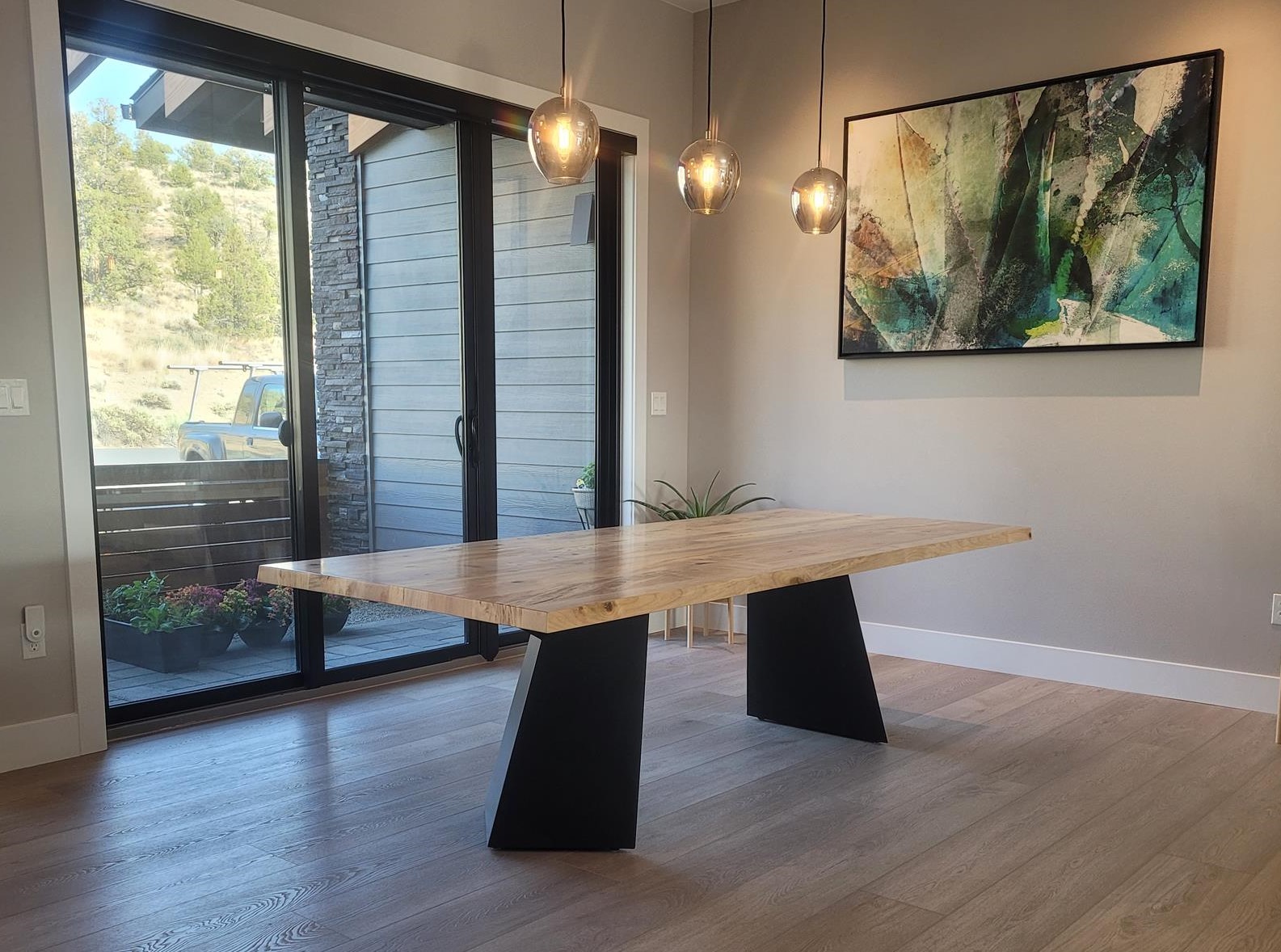Leading Fads in Dining Room Table Legs to Elevate Your Eating Space
Leading Fads in Dining Room Table Legs to Elevate Your Eating Space
Blog Article
A Comprehensive Consider Eating Table Leg Styles: Discovering the Ideal Match
Choosing the right eating table leg design is important for both aesthetic appeal and useful capability. For those with bigger tables, trestle legs guarantee strong support, whereas barrette legs present a mid-century modern ambiance with their minimal style. The x-shaped legs blend modern design with enhanced stability.
Typical Four Legs
Amongst the various kinds of dining table leg designs, the conventional four-leg layout stays a classic choice for many households. This timeless configuration supplies a harmonious mix of capability and aesthetics, making it a seasonal favorite. Four legs supply balanced assistance, guaranteeing the table continues to be secure and efficient in bearing substantial weight. This is especially beneficial for households that frequently hold big gatherings or utilize their table for numerous objectives, such as work or crafting.
From an aesthetic viewpoint, the typical four-leg layout can be quickly adjusted to different interior designs. Whether crafted from timber, steel, or a mix of materials, these legs can be elaborately carved, sleek and minimalistic, or anything in between. Their flexibility allows them to complement both rustic and modern settings seamlessly.
In addition, the uncomplicated framework of the four-leg design helps with simplicity of activity and placement within an area. Unlike more facility bases, this style minimizes blockages, offering ample legroom for diners. In recap, the conventional four-leg eating table leg style weds enduring sophistication with useful functionality, making it an astute selection for those looking for both form and feature in their dining furniture.
Stand Base
Typically commemorated for its sophisticated and space-efficient layout, the stand base is a distinguished alternative to the standard four-leg setup in eating table leg designs. This distinctive base generally includes a single main column sustaining the tabletop, which can differ in type, from ornately carved wood to smooth, contemporary metal. Among the main benefits of the stand base is its ability to make best use of legroom and seating adaptability. Without edge legs, restaurants are paid for better flexibility of motion, making it an excellent selection for round and oblong tables that advertise more intimate and inclusive events.
Furthermore, the stand base's main support can handle significant weight, permitting for making use of much heavier table tops, such as marble or thick wood. This stamina paired with its aesthetic versatility makes the pedestal base a prominent choice in both conventional and modern interior setups. It can flawlessly integrate with numerous design themes, from timeless style to minimal modernity. Moreover, the central column itself uses a canvas for intricate designs and imaginative expressions, including an aspect of visual interest below the table. In recap, the stand base incorporates performance with style, making it a fine-tuned and functional option article for varied eating settings.
Trestle Legs
Trestle legs offer a robust and classic structure for dining tables, characterized by their horizontal cross-bracing and strong assistance light beams. Stemming from middle ages times, this style has evolved yet maintained its important structure, making it a perennial fave in both standard and modern settings. The central trestle beam, typically sustained by 2 or more vertical blog posts, offers remarkable security, enabling larger table sizes without the need for added legs.
A considerable benefit of trestle leg tables is the enough legroom they offer. Unlike tables with 4 corner legs, the lack of blockages at the table's sides offers unobstructed area for chairs and diners, improving convenience and access. This makes trestle tables excellent for fitting bigger gatherings, whether in a dining-room or a reception hall.
From rustic farmhouse to streamlined contemporary navigate here designs, trestle legs can be personalized to match individual tastes. Their enduring allure and practical benefits make trestle legs a compelling option for those looking for both style and practicality in their eating table.
Barrette Legs

The appeal of hairpin legs lies in their simplicity and adaptability - dining room table legs. Offered in a range of materials, consisting of steel and brass, they can be ended up in numerous colors to match different interior designs. Whether coupled with a rustic wood tabletop or a modern glass surface, barrette legs effortlessly blend capability with a touch of classic appeal
Resilience is one more significant attribute of hairpin legs. In spite of their delicate look, these legs are engineered to bear significant weight, ensuring the eating table stays stable and safe and secure. In addition, they are fairly easy to mount, making them a preferred option for do it yourself lovers and specialist furnishings manufacturers alike.
X-Shaped Legs

Constructed from products such as steel, timber, or a mix of both, X-shaped legs can be customized to match various style preferences. Steel legs typically lend a sleek and industrial feeling, suitable for loft-style apartment or condos and modern-day dining rooms. On the various other hand, wooden X-shaped legs provide a warmer, extra rustic charm, suitable for farmhouse or eclectic interiors. The flexibility in products permits house owners to customize their table to better fit their overall layout system.
Furthermore, the engineering behind X-shaped legs makes certain even weight circulation, decreasing the threat of wobbling and improving toughness. This makes them especially appropriate for larger eating tables that need added support. Essentially, X-shaped legs mix sensible engineering with contemporary looks, making them an ageless option for varied eating settings.
Conclusion
A comprehensive understanding of dining table leg designs discloses the unique features and advantages of each design. Trestle legs make sure robust assistance for bigger tables, and barrette legs present a mid-century modern-day Related Site aesthetic.
Report this page